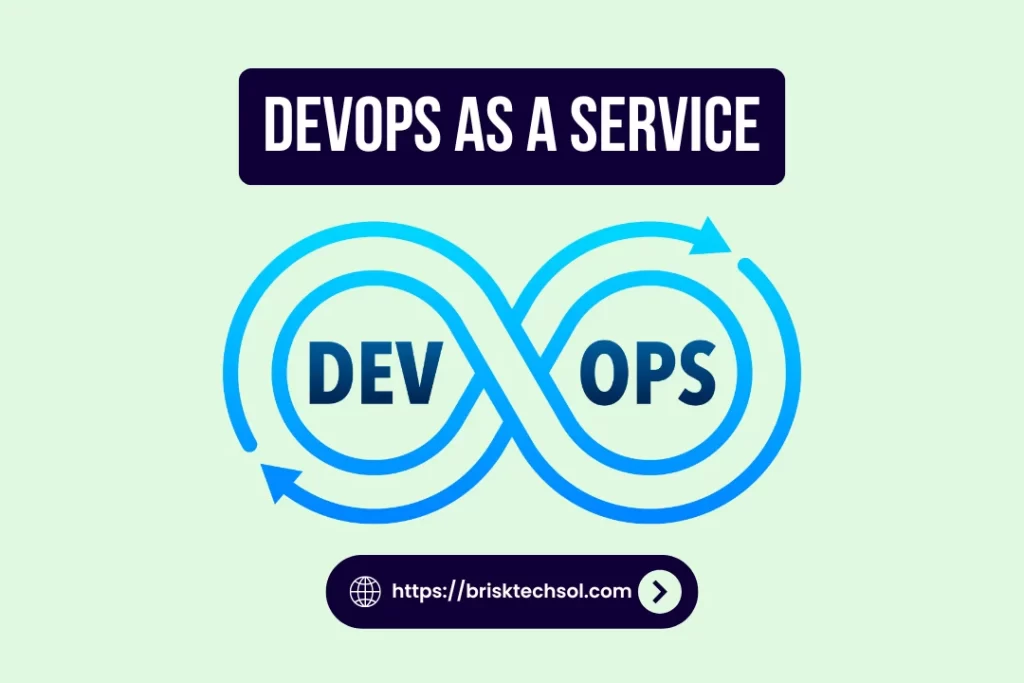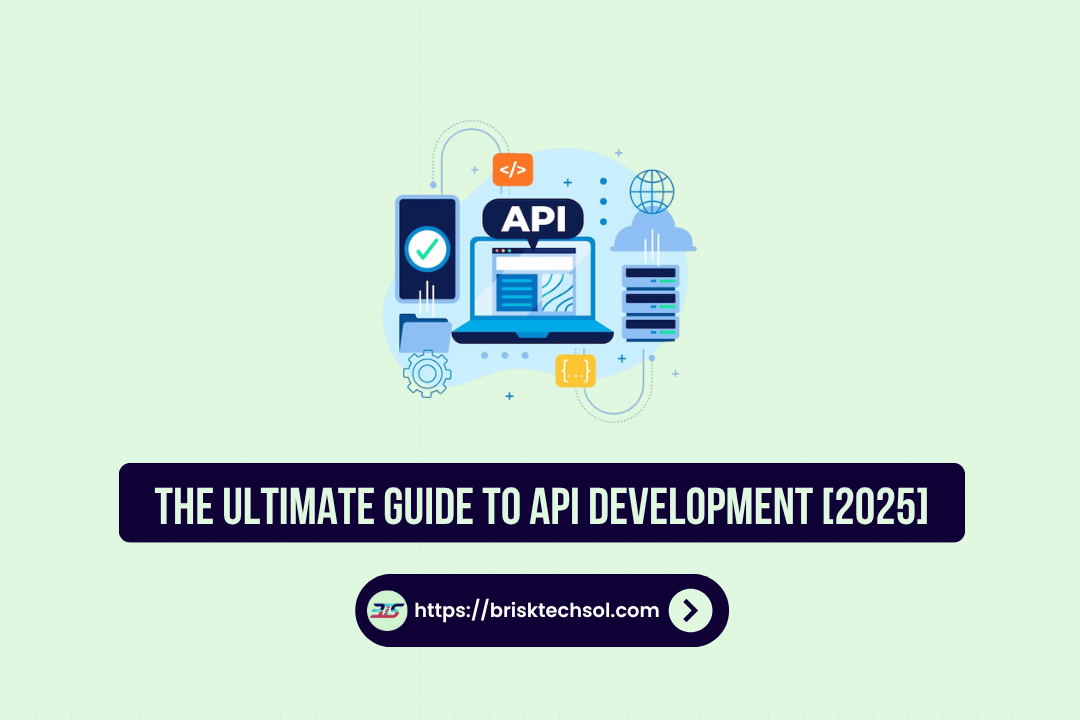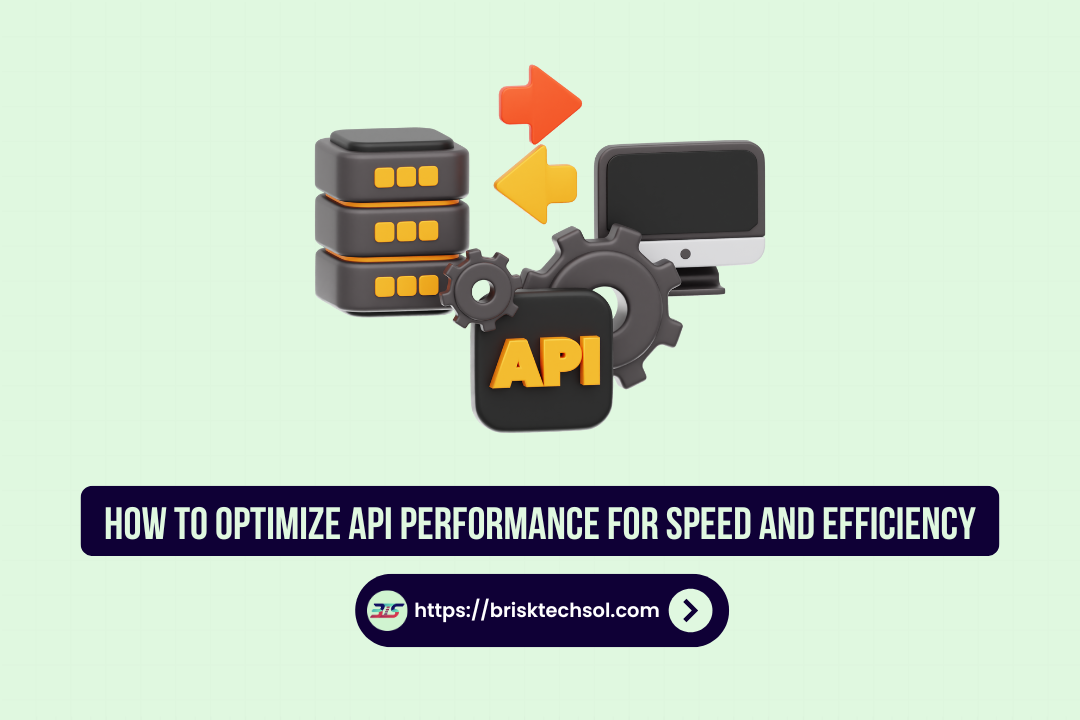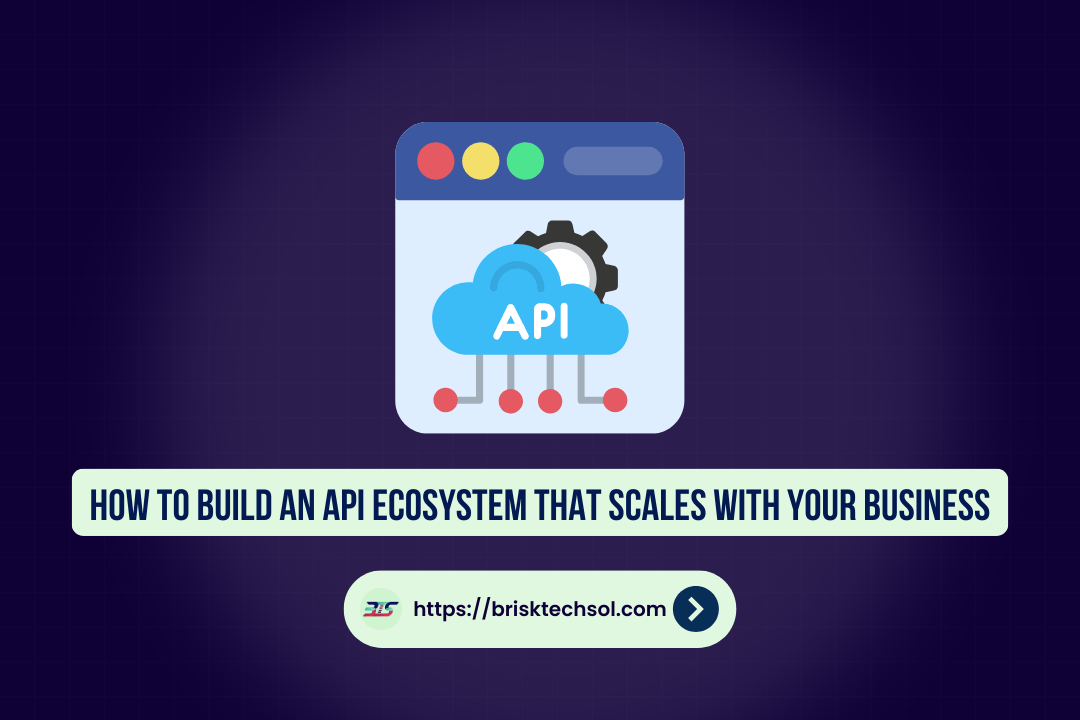DevOps as a Service (DaaS) is a software development by making DevOps tools and processes available in the cloud, managed by third-party providers. This setup allows companies to enjoy the benefits of agile, automated development without needing in house infrastructure. With DaaS, organizations can improve efficiency, reduce deployment time, and scale easily, allowing them to focus on delivering great products.
What is DevOps as a Service? (DaaS)
DevOps unites development and operations teams to streamline software delivery, using automation to enable faster, more reliable releases. As cloud computing has grown, DevOps has evolved into DevOps as a Service (DaaS), allowing companies to access scalable DevOps tools without managing infrastructure themselves.
Traditional DevOps vs. DevOps as a Service
| Aspect | Traditional DevOps | DevOps as a Service (DaaS) |
|---|---|---|
| Management | Managed in-house | Managed by a third-party provider |
| Scalability | Limited by in-house resources | Scalable on demand with cloud resources |
| Cost | High initial and operational costs | Pay-as-you-go model, reducing overhead |
| Security | Managed internally | Enhanced security by DaaS providers |
Why the shift to DaaS?
- Cloud-first mentality: Cloud computing provides the foundation for DaaS, offering scalability and remote accessibility.
- Faster releases: DaaS allows teams to streamline their workflows, resulting in quicker releases.
- Managed services: With DaaS, companies can avoid the complexities of infrastructure maintenance, letting a third party handle it.
DaaS represents the next step in DevOps evolution, combining automation and cloud capabilities for a more agile development environment.
Core Components of DevOps as a Service
DevOps as a Service integrates several crucial components that allow for efficient, automated, and secure software development. Let’s take a look at the main pillars of DaaS:
Continuous Integration & Continuous Deployment (CI/CD)
CI/CD is essential for automating the integration and deployment of code changes. It minimizes risks and accelerates release cycles. With DaaS, CI/CD pipelines are pre-configured, tested, and optimized by experienced providers, giving teams the speed and reliability they need.
Infrastructure as Code (IaC)
Infrastructure as Code automates infrastructure management, allowing teams to define and manage resources in code. This makes deployment scalable and consistent. DaaS platforms like AWS, Google Cloud, and Azure offer IaC tools to create a more agile infrastructure.
Automated Testing
Automated testing ensures that code meets quality standards before deployment. With DaaS, testing tools are pre-integrated, streamlining quality control. This results in fewer errors and faster feedback for developers.
Security and Compliance (DevSecOps)
Security is crucial in today’s threat landscape, and DevSecOps incorporates security into the DevOps process. With DaaS, security and compliance are managed by the provider, reducing vulnerabilities and ensuring industry-standard protection.
| Component | Description | Key Benefit |
|---|---|---|
| CI/CD | Streamlines integration & deployment | Faster, reliable releases |
| IaC | Manages infrastructure as code | Scalability and consistency |
| Automated Testing | Validates code quality pre-deployment | Fewer errors and faster feedback |
| DevSecOps | Integrates security in development | Enhanced security and compliance |
Key Benefits of DevOps as a Service
The advantages of DevOps as a Service extend across the development lifecycle, offering flexibility and efficiency. Here are some top benefits:
Speed and Agility
DaaS accelerates the software development lifecycle, enabling frequent updates and quick adaptation to market changes. By leveraging cloud-based tools and automation, DaaS allows for continuous development and deployment at scale.
Scalability
DaaS is designed to scale with a project’s requirements, which is invaluable for rapidly growing businesses. Whether scaling up to meet demand or down to reduce costs, DaaS offers seamless scalability without the need to invest in physical infrastructure.
Cost Effectiveness
By using DaaS, companies eliminate the need for dedicated infrastructure and DevOps staff. Providers handle maintenance, updates, and troubleshooting, allowing organizations to pay only for the resources they need.
Enhanced Security
Security is built into DaaS solutions, with features like automated compliance checks, encryption, and multi-factor authentication. This proactive approach ensures better protection of sensitive data and applications.
Example: Consider a tech startup that implemented DaaS. With CI/CD pipelines in place and automated testing, the team reduced deployment time from weeks to days, leading to faster customer feedback and iteration.
Top DevOps as a Service Providers
Choosing the right DaaS provider is crucial to a successful implementation. Here are some of the top providers in the industry:
Amazon Web Services (AWS)
AWS offers a strong DevOps platform with tools like CodePipeline for CI/CD, CloudFormation for IaC, and CodeBuild for automated testing. Known for reliability and scalability, AWS is widely used by enterprises.
Microsoft Azure
Azure DevOps includes tools for agile planning, repository management, CI/CD, and application insights, making it a comprehensive solution for companies looking for seamless integration.
Google Cloud Platform (GCP)
GCP provides DevOps services such as Cloud Build, Cloud Run, and Kubernetes Engine for containerized deployments. It’s especially popular among companies that prioritize containerized application development.
Key Point
How to Implement DevOps as a Service in Your Organization
Implementing DaaS requires a thoughtful approach to integrate it effectively with existing workflows. Here are some steps to follow:
Assess Current Infrastructure
Conduct a thorough assessment of your current DevOps setup. Identify areas that would benefit most from automation, such as CI/CD, IaC, or security testing.
Choose the Right Tools
Different projects have different needs. For example, a web application may benefit from tools focused on containerization, while a mobile app might need optimized testing environments.
Define KPIs and Metrics
Measure success by defining key performance indicators (KPIs) such as deployment frequency, lead time for changes, and mean time to recovery (MTTR). This ensures that DaaS is aligned with your objectives.
Integrate with Existing Teams
Adoption requires collaboration. Engage your team early, and provide training if necessary. Many companies find success by starting small, such as automating just one part of the pipeline before scaling.
Case Study: A midsized e-commerce company adopted DaaS, beginning with CI/CD pipelines to manage code integration. This reduced deployment errors by 40% and led to faster feature releases, improving customer satisfaction.
Challenges and Solutions in DevOps as a Service
Though DaaS offers numerous advantages, it comes with its own set of challenges:
Security and Compliance
Since DaaS relies on third-party providers, security concerns are common. Implementing DevSecOps practices and choosing a reputable provider with strict compliance measures can mitigate these risks.
Tool Complexity
DaaS platforms come with a wide array of tools, which can be overwhelming. Organizations should start small, selecting only the tools that meet their immediate needs.
Team Collaboration
Adopting DaaS requires buy-in from multiple teams. Clear communication, documentation, and shared goals are essential to foster collaboration.
These challenges can be overcome by aligning DaaS implementation with company culture and strategic goals.
Future of DevOps as a Service
The future of DaaS is promising, driven by trends such as AI integration, automation in deployment pipelines, and the growth of microservices architectures. Here are some expected trends:
AI and Machine Learning Integration: AI can predict system issues, automate incident management, and suggest optimizations.
Increased Automation: As DaaS providers advance, we’re likely to see even greater automation, reducing the need for manual intervention.
Low-Code and No-Code DevOps: With low-code solutions, DevOps tasks can be streamlined, making DaaS accessible to more organizations.
As DaaS continues to evolve, it will become a cornerstone in modern software development, enabling faster, smarter, and more efficient processes.
Conclusion
DevOps as a Service is a powerful solution for organizations looking to streamline their development processes and achieve greater agility. By offering pre-configured, scalable tools, DaaS allows teams to focus on development rather than infrastructure management. As more businesses move to the cloud, DaaS will play an essential role in making agile development accessible to all. Now is the time to consider how DaaS can fit into your development strategy and drive your organization’s success.
FAQ‘S
What is DevOps as a Service?
DevOps as a Service (DaaS) provides cloud-based tools and infrastructure for managing DevOps processes, enabling teams to automate and streamline software development.
How does DaaS differ from traditional DevOps?
Unlike traditional DevOps, DaaS is managed by third-party providers, which eliminates the need for in-house infrastructure and support.
What are the primary benefits of DevOps as a Service?
Key benefits include faster release cycles, cost savings, scalability, and enhanced security.
Which companies should consider DevOps as a Service?
DaaS is ideal for companies seeking agility and scalability, especially startups and growing businesses.
How does DaaS ensure security?
Most DaaS providers incorporate DevSecOps practices, including automated compliance checks and encryption.









